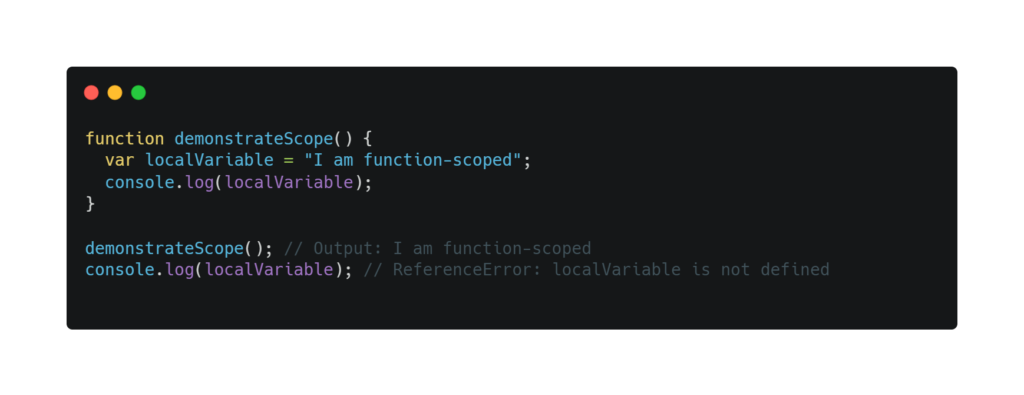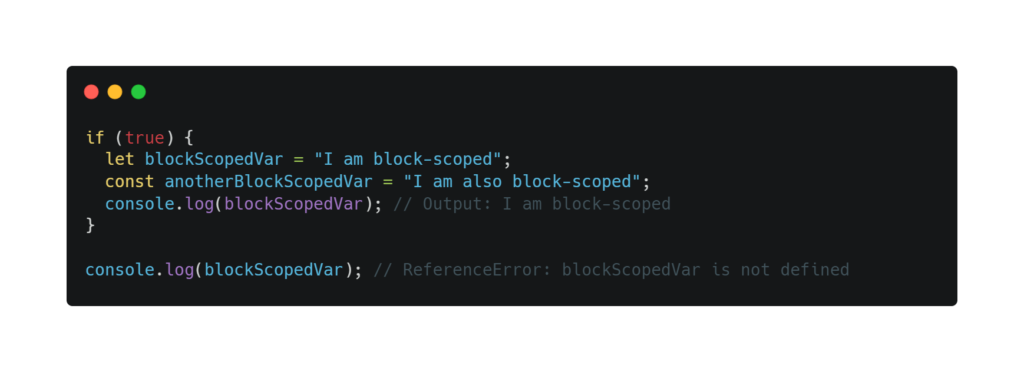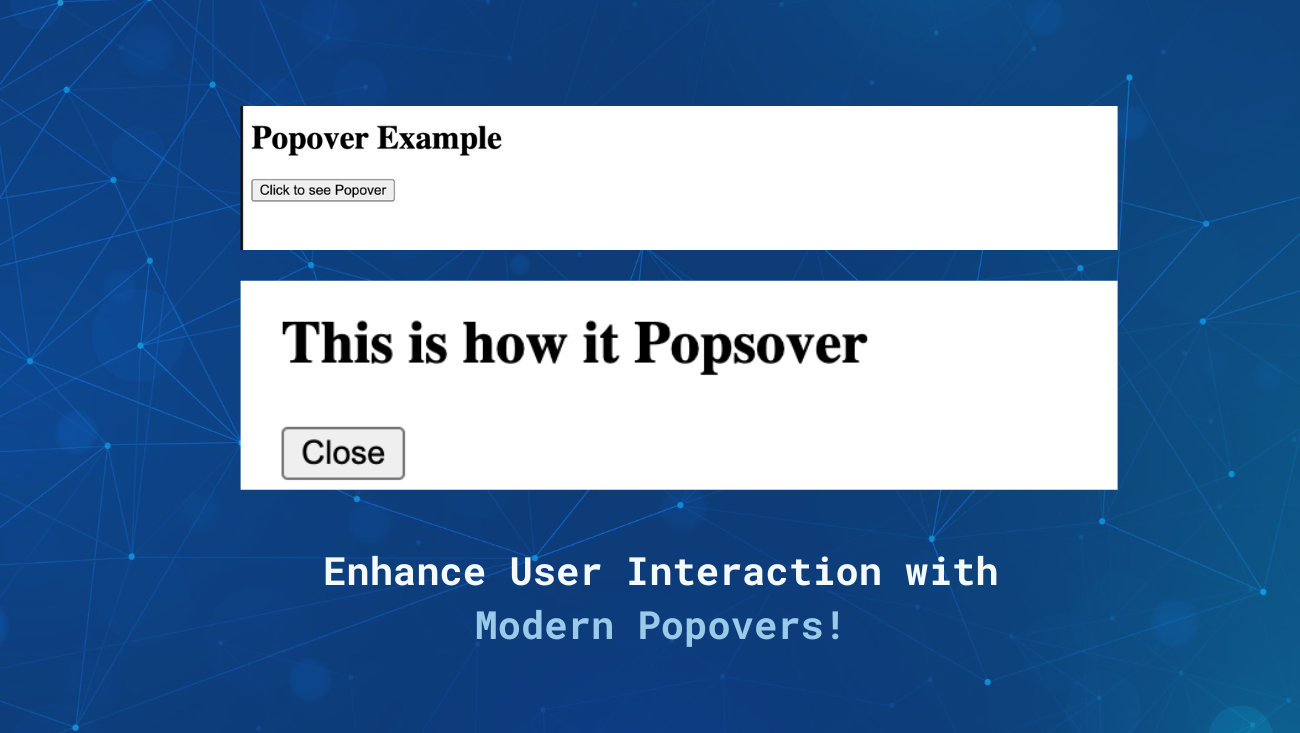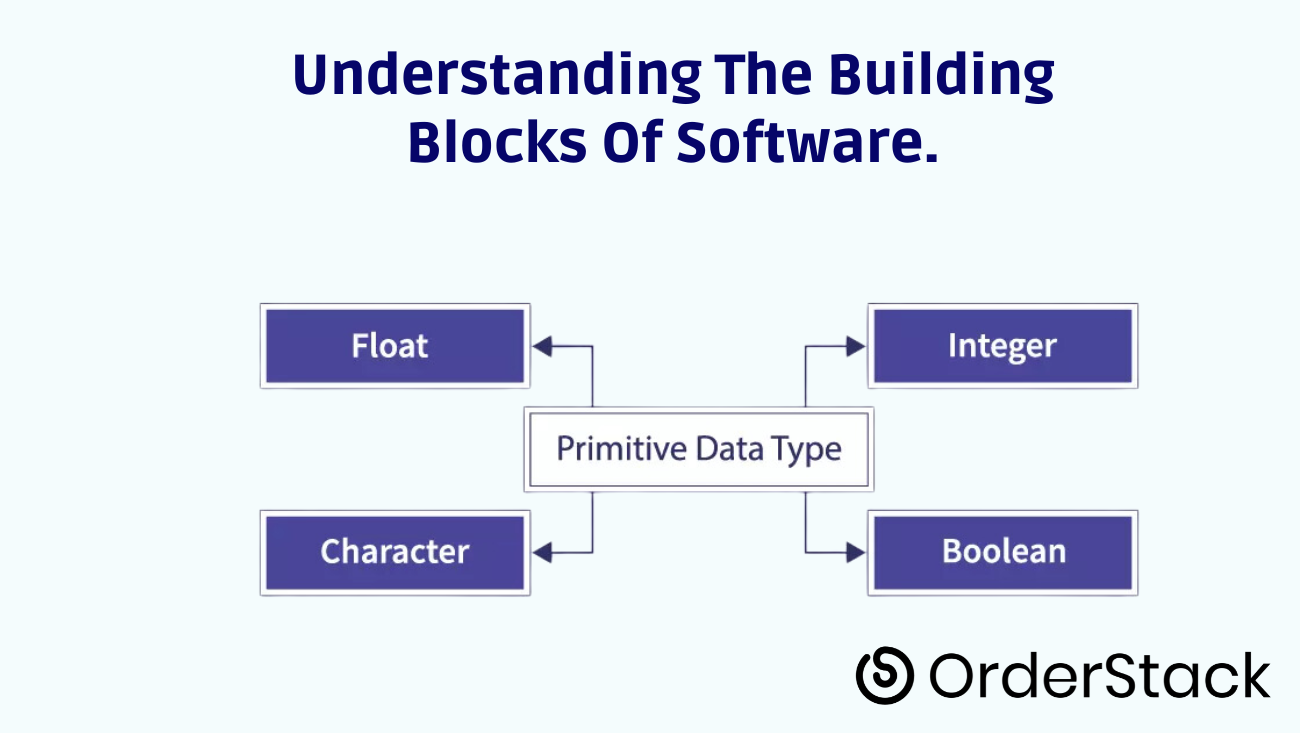Understanding Scope in JavaScript: Function, Block, and Lexical Scope
by orderstack.elitemantra.in August 1, 2024
Scope is a fundamental concept in JavaScript that plays a crucial role in variable accessibility and visibility. Mastering scope is essential for writing clean, efficient, and maintainable code. This article delves into three key types of scope in JavaScript: function scope, block scope, and lexical scope. We’ll explore their characteristics, use cases, and implications for modern JavaScript development.
The Concept of Scope
In JavaScript, scope defines the context in which variables are declared and the extent of their visibility within the code. It determines where variables can be accessed or referenced. Understanding scope is vital for preventing naming conflicts, managing variable lifetimes, and creating modular code structures.
In simpler terms, it’s about where in your code you can use a particular variable.
Think of scope, like different rooms in a house. Each room has its own set of items (variables), and depending on where you are in the house, you might or might not have access to those items.
- Function Scope
- Block Scope
- Lexical Scope
Function Scope: The Traditional JavaScript Scope
Function scope has been a core feature of JavaScript since its inception. In function scope, variables declared within a function are accessible only within that function and any nested functions. This encapsulation prevents variable pollution in the global namespace and allows for better code organization.
Think of the function scope as a private room. When you declare a variable inside a function, it’s like keeping something in that private room. Only the people (or code) inside the room can see and use it.
Consider the following example:

In this code snippet, localVariable is confined to the demonstrateScope function. Attempting to access it outside the function results in a ReferenceError, illustrating the principle of function scope.
Block Scope: Enhanced Variable Control
Block scope, introduced with ECMAScript 2015 (ES6), provides more granular control over variable visibility. It is created by curly braces {} and applies to variables declared with let and const. Block scope addresses some limitations of function scope, particularly in loops and conditional statements.
Block scope is like a private box inside a bigger room. It’s created with curly braces {} and applies to let and const variables. Anything inside those braces can see the variables, but outside, they’re off-limits.
Example of block scope:

Block scope enhances code predictability and reduces the risk of unintended variable mutations. It’s particularly useful in preventing issues like variable hoisting and temporal dead zones.
Lexical Scope: Static Scope Resolution
Lexical scope, also known as static scope, is determined by the physical location of variables and blocks in the source code. It defines how variable names are resolved in nested functions. Lexical scope is a key concept in understanding closures in JavaScript.
Lexical scope is like a series of nested rooms within a house. Each room can see and use items in its own room and the rooms that enclose it, but it can’t see inside the rooms that it encloses.
Consider this example:

In this case, innerFunction has access to variables in its outer (enclosing) scope. This lexical scoping allows for powerful patterns like the module pattern and data encapsulation.
Implications and best practices
- Variable Lifetime Management: Proper use of scope ensures variables are available when needed and garbage collected when not, optimizing memory usage.
- Encapsulation: Function and block scopes allow developers to encapsulate variables, reducing global namespace pollution and improving code modularity.
- Closure Creation: Lexical scope is the foundation for closures, enabling powerful programming patterns and data privacy.
- Debugging Efficiency: A solid grasp of scope helps in quickly identifying and resolving variable-related issues during debugging.
Best practices for working with scope include:
- Prefer const for variables that don’t need reassignment, and let for those that do.
- Minimize the use of global variables to avoid naming conflicts and unintended side effects.
- Utilize immediately invoked function expressions (IIFEs) to create private scopes when necessary.
- Leverage block scope in loops and conditional statements for more precise variable control.
Conclusion
Mastering the concepts of function scope, block scope, and lexical scope is essential for writing robust JavaScript code. These scoping mechanisms provide the tools necessary for creating maintainable, efficient, and secure applications. As JavaScript continues to evolve, a deep understanding of scope remains fundamental to leveraging the language’s full potential.
By applying these concepts judiciously, developers can craft cleaner, more modular code that is easier to understand, debug, and maintain. As you continue to work with JavaScript, regularly revisiting and refining your understanding of scope will undoubtedly enhance your programming skills and the quality of your code.








Leave a Reply